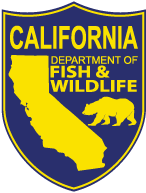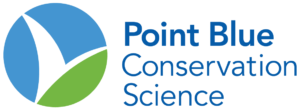 Central Valley wetlands © Lighthawk
Central Valley wetlands © LighthawkWetland Programs
BirdReturns- Spring Wetlands 2025
The objective of the BirdReturns Spring Wetland Program is to incentivize private wetland managers to provide spring flooded habitat for migrating shorebirds and waterfowl. By maintaining seasonal wetlands through early spring, followed by a gradual drawdown, wetland managers can create this much needed habitat for migratory birds.
Applicants may apply for both the Spring and Summer Wetland Programs as long as each application is for a separate wetland unit that can be independently managed to meet program requirements.
Program Requirements
APPLICATION PERIOD (CLOSED)
January 1st, 2025 – January 22nd, 2025 (11:59 pm)
All bids are final once the application period is closed
ELIGIBLE APPLICANTS
- Wetland properties in the Suisun marsh, Legal Delta, Sacramento Valley, Tulare, and San Joaquin Valley
- Seasonal wetland units >25 acres
- Wetland owners with access to ground and/or surface water
- Must notify local mosquito vector control districts if selected to participate
What qualifies as a wetland?
A given area of land managed for wetland functions and where water is intentionally and actively applied annually through a managed process (USFWS 2000). These diked wetland areas are often managed by manipulating water levels specifically to benefit waterfowl and/or shorebirds. Wetlands must have one or more of the following three attributes: 1) At least periodically, the land supports predominantly hydrophytes (plants growing in water or waterlogged soil); 2) the substrate is predominantly undrained hydric soil; and 3) the substrate is saturated with water or covered by shallow water at some time during the growing season of each year. (Central Valley Joint Venture)
If you have farmed or fallowed crop fields- please check out our Farmlands Program and our Sandhill Cranes Program.
Ineligible Applicants
- Wetlands enrolled in any annual incentive program (i.e., NRCS EQIP, Presley, FishFood) that provides payment to conduct flooding during the same time window as this program
- Within 5 miles of major airports, including Beale AFB, Sacramento International, Travis AFB, Fresno-Yosemite International and Lemoore Naval Air Station (check map here)
- Wetlands less than 25 acres in size
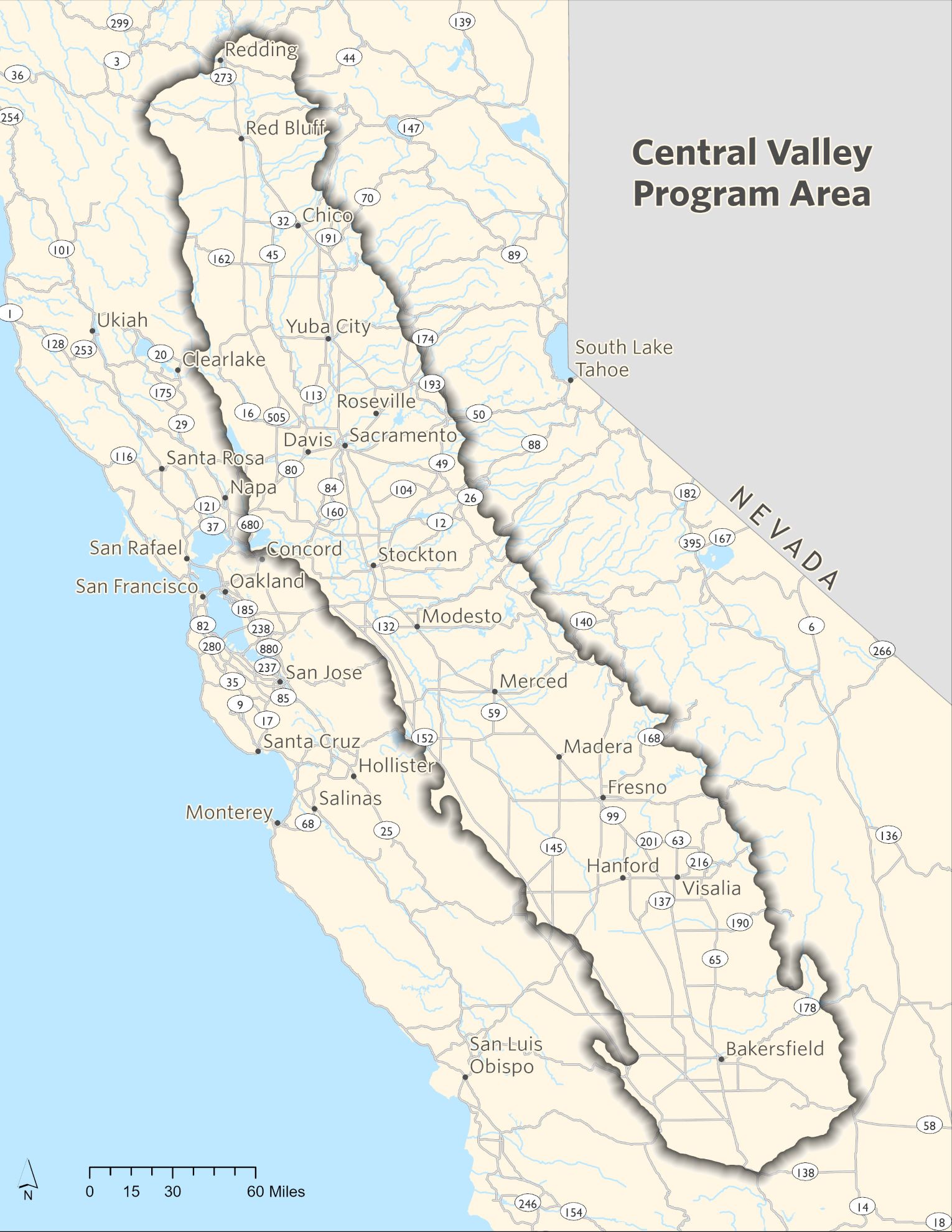
Practice Specifications
FLOODING PRACTICE:
- Soils must remain flooded or fully saturated from the end of the waterfowl season until the end of the drawdown period.
- Conduct a gradual drawdown to reach 50% mudflats on enrolled units within the 1st, 2nd, or 3rd week of April. Wetlands must reach 50% mudflats before the end of the selected week.
- Option 1: First week of April
- Option 2: Second week of April
- Option 3: Third week of April
- Allow access to wetland units for compliance and biological monitoring
Photo of ideal drawdown conditions (50% mudflats/ 50% flooded)
This image highlights an ideal spring habitat for shorebirds and other waterbirds. By holding winter water into spring and gradually lowering water levels, we mimic the conditions of a natural system. As water recedes, it exposes saturated mudflats and shallow ponded areas. These habitats concentrate invertebrates, creating vital protein-rich food sources for migrating birds.
Shorebirds migrating through the Central Valley in April depend on these habitats as they journey north to their breeding grounds. However, when managed wetlands release winter water too early, much of this critical stopover habitat disappears, leaving birds with fewer opportunities to rest and refuel during their migration.
 © Greg Golet
© Greg GoletVEGETATION MANAGEMENT:
- Wetland must have less than 50% emergent cover/vegetation (particularly cattails/tules) to ensure availability of open habitat for shorebirds and minimize costs associated with mosquito abatement.
Payment Rates
BUDGET: $320,000
CENTRAL VALLEY HABITAT GOAL: 13,500 acres
PAYMENT RATES (Per Acre):
| REGION | OPTION 1 (First Week of April) | OPTION 2 (Second Week of April) | OPTION 3 (Third Week of April) |
|---|---|---|---|
| Sacramento Valley and San Joaquin Valley (Excluding Grasslands Water District) | $18 | $20 | $22 |
| Grasslands Water District, Suisun, and Delta | $10 | $10 | $15 |
| Tulare | $120 | $140 | $160 |
Application Ranking and Scoring Process
All bids will be ranked and scored by representatives from the Migratory Bird Conservation Partnership and the California Department of Fish and Wildlife. This committee will assess bids according to standardized methods, using the best available science and tools that predict the habitat value of each application according to its location in the landscape, history of bird use in the surrounding area, and timing. Applicants that are able to flood longer and have larger acreages will rank higher.
Ranking Strategy:
Primary ranking will be conducted at the regional level. The highest-scoring bids will be selected within a region until the regional habitat target is met. Targets are set so each region has an opportunity to contribute toward a portion of the Central Valley-wide habitat target. Spring regional habitat targets are set at 10% of the Central Valley-wide habitat objective. With remaining funding, the highest-scoring bids across all regions will be selected until all funding is spent or the statewide habitat target is met.
Wetland Gradual Drawdown Sequence
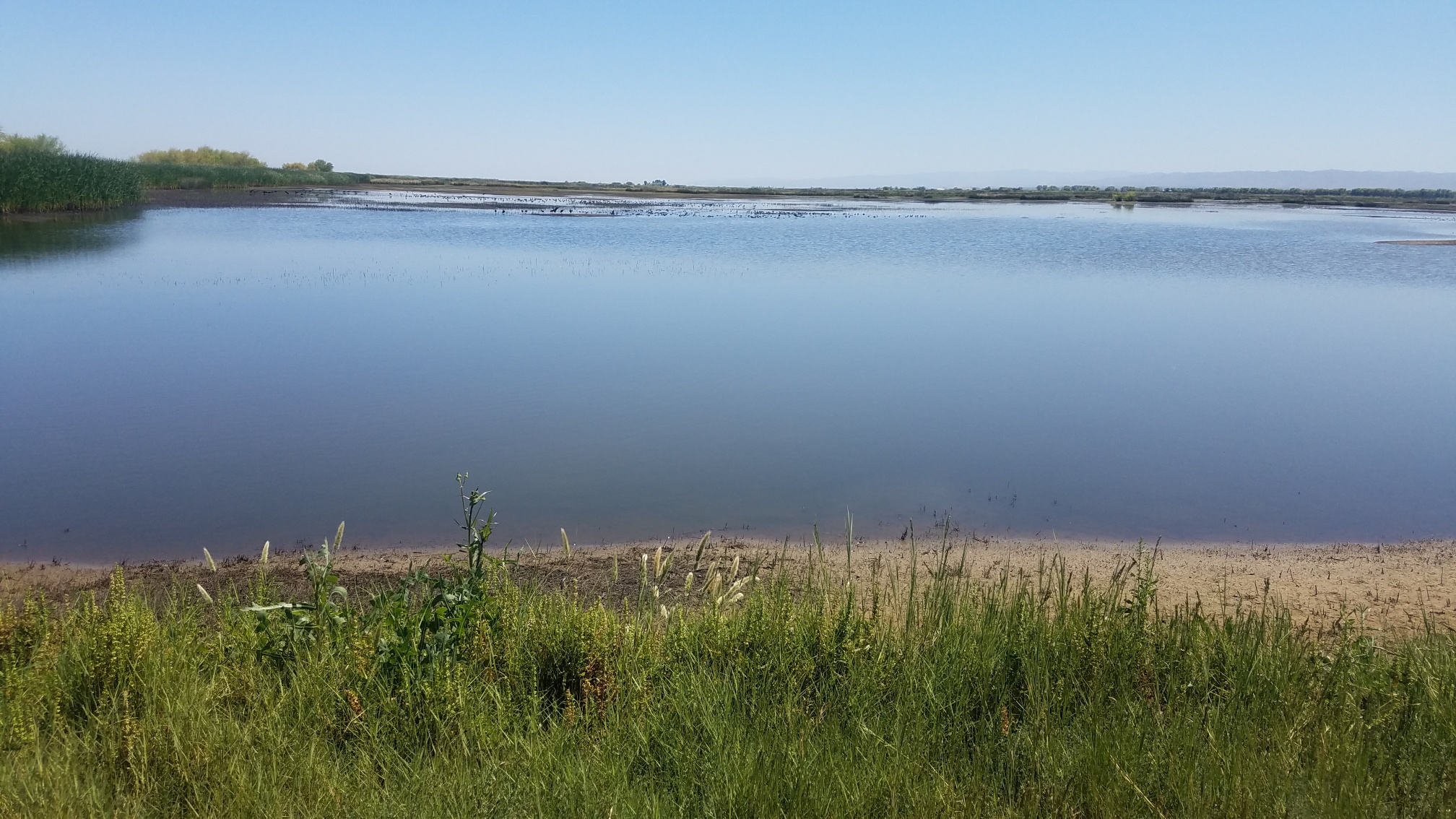 © Tim Poole
© Tim Poole © Tim Poole
© Tim Poole © Tim Poole
© Tim Poole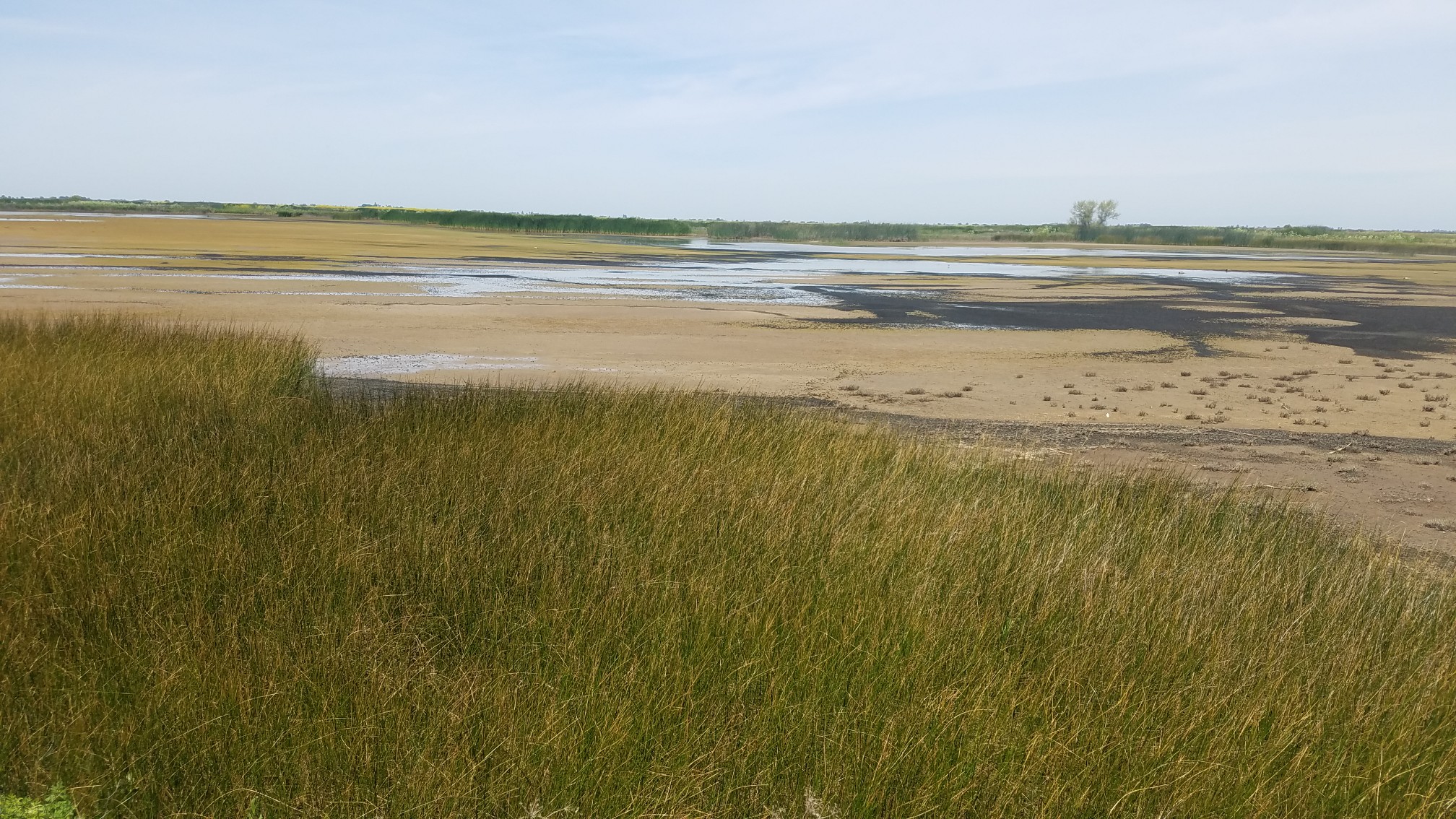 © Tim Poole
© Tim PooleWhy the Spring Wetland Program Matters
Each spring, shorebirds like sandpipers and plovers migrate thousands of miles along the Pacific Flyway, stopping in California’s Central Valley to rest and refuel. With over 90% of historic wetlands lost, private lands now make up 65% of the remaining habitat these birds rely on.
Our Spring Wetland Program helps keep these critical areas flooded during migration, providing the food and shelter shorebirds need to complete their journey. By supporting this program, you’re helping protect migratory birds and sustain the Central Valley’s rich biodiversity.
The BirdReturns Program is managed by the Migratory Bird Conservation Partnership (The Nature Conservancy, Audubon California, and Point Blue Conservation Science), in partnership with Suisun Resource Conservation District. This program is possible thanks to the generous funding by the California Department of Fish and Wildlife.
Questions? Contact Us!
Xerónimo Castañeda
(916) 737-5707 x119
xcastaneda@audubon.org
Ashley Seufzer
415-644-4608
ashley.seufzer@audubon.org




